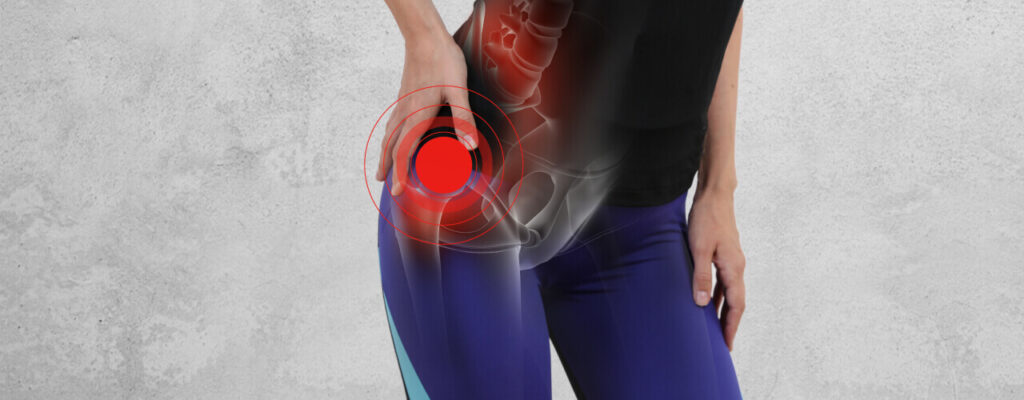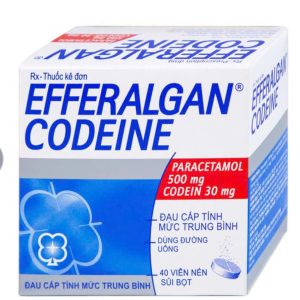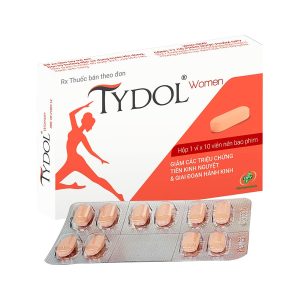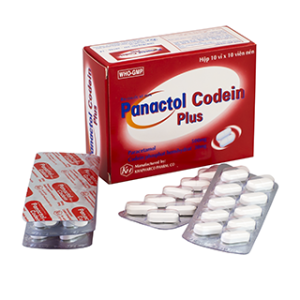We deliver to you every day from 7:00 to 23:00
The best discounts this week
Every week you can find the best discounts here.
How Do I Relieve Chronic Joint Pain?
Chronic joint pain is a condition that affects millions of people worldwide, significantly impacting their daily lives and mobility. Whether due to arthritis, injuries, or general wear and tear, managing joint pain can be challenging. Fortunately, there are a variety of strategies to relieve chronic joint pain and improve your quality of life. This article will explore practical and effective ways to manage chronic joint pain, including both medical treatments and lifestyle adjustments.
:max_bytes(150000):strip_icc()/jointpainfinal-01-5c632f5246e0fb0001f0901b.png)
Understanding Chronic Joint Pain
Chronic joint pain can occur in any joint in the body, but it is most commonly found in the knees, hips, shoulders, and hands. This pain can be caused by several factors, including:
-
Arthritis: The most common cause of chronic joint pain, particularly osteoarthritis, which is the wear and tear of cartilage over time.
-
Injuries: Past joint injuries or surgeries can lead to ongoing pain.
-
Inflammation: Conditions like rheumatoid arthritis can cause chronic inflammation in the joints, leading to pain and stiffness.
Types of Joint Pain
Before deciding on a treatment plan, it’s important to understand the type of joint pain you’re experiencing. The two most common types are:
-
Osteoarthritis (OA): This is the degeneration of joint cartilage, typically caused by aging or injury.
-
Rheumatoid Arthritis (RA): An autoimmune disorder where the body’s immune system attacks the joints, causing inflammation and pain.
Each condition requires different treatment approaches, so proper diagnosis is essential.
Effective Methods to Relieve Chronic Joint Pain
There are various ways to manage and relieve chronic joint pain. These methods range from lifestyle changes and over-the-counter remedies to medical interventions. Let’s explore some of the most effective strategies.
1. Physical Therapy and Exercise
Exercise is one of the most beneficial treatments for joint pain. Regular physical activity helps to:
-
Strengthen muscles around the joints, providing better support.
-
Increase flexibility and improve range of motion.
-
Reduce stiffness and improve overall joint function.
A physical therapist can design an exercise program tailored to your specific needs. These exercises may include low-impact activities like swimming, walking, and cycling, which are gentle on the joints.
Tip: Avoid high-impact exercises that may aggravate the joints. Instead, focus on low-impact exercises such as swimming or yoga.

2. Medications for Joint Pain
For many people, medications are a key part of managing chronic joint pain. There are several types of medications that can help:
-
Nonsteroidal Anti-Inflammatory Drugs (NSAIDs): Over-the-counter medications like ibuprofen or naproxen can reduce inflammation and relieve pain.
-
Acetaminophen: If you cannot tolerate NSAIDs, acetaminophen (Tylenol) is a safer alternative for pain relief, though it does not reduce inflammation.
-
Corticosteroids: These can be prescribed for more severe pain and inflammation, often in the form of an injection directly into the joint.
While medications can provide temporary relief, it’s important to work with your doctor to manage any potential side effects.
3. Supplements for Joint Health
Certain dietary supplements may help manage chronic joint pain, particularly for individuals with osteoarthritis. Some of the most commonly recommended supplements include:
-
Glucosamine and Chondroitin: These supplements are believed to support cartilage health and may help reduce the symptoms of osteoarthritis.
-
Omega-3 Fatty Acids: Found in fish oil, omega-3 fatty acids have anti-inflammatory properties that may reduce joint pain.
-
Turmeric and Ginger: Known for their anti-inflammatory properties, these herbs can be consumed in supplement form or as part of your diet to help manage pain.
Before adding any supplements to your routine, consult with your doctor to ensure they are safe and appropriate for you.
4. Heat and Cold Therapy
Using heat and cold can be a simple yet effective way to manage joint pain:
-
Heat therapy helps to relax and loosen tissues and stimulates blood flow to the affected area, which can relieve stiffness.
-
Cold therapy can reduce inflammation and numb sharp pain, especially after a period of activity or swelling.
You can alternate between heat and cold, depending on your symptoms. A warm bath or heating pad may be particularly soothing, while an ice pack can help reduce swelling.
5. Weight Management
Excess weight can put additional stress on your joints, particularly those in the lower body, such as the knees and hips. Maintaining a healthy weight can:
-
Reduce the pressure on weight-bearing joints.
-
Improve mobility and reduce pain.
Even losing a small amount of weight can significantly reduce the burden on your joints and alleviate pain.
Surgical Options for Severe Joint Pain
In cases where conservative treatments have not provided relief, surgery may be considered. There are several surgical options available, depending on the severity and location of the joint pain.
1. Joint Replacement Surgery
Joint replacement surgery, such as knee or hip replacement, is typically recommended when the joint is severely damaged and other treatments have failed. This procedure involves removing the damaged joint and replacing it with an artificial one.
2. Arthroscopy
Arthroscopy is a minimally invasive surgery that allows doctors to view the inside of a joint and remove damaged tissue or repair problems. It is typically used for joint injuries or to treat osteoarthritis.
Before deciding on surgery, it’s important to discuss the risks, benefits, and alternatives with your healthcare provider.
Lifestyle Adjustments to Manage Joint Pain
Making lifestyle changes can also play a significant role in managing chronic joint pain. These changes can complement other treatments and improve your overall health.
1. Dietary Changes
A balanced diet can help reduce inflammation and support joint health. Foods rich in antioxidants, such as berries, leafy greens, and nuts, can help fight inflammation, while omega-3 fatty acids found in fish can further reduce joint discomfort.
2. Stay Active but Rest When Needed
While staying active is important, you should also listen to your body and rest when necessary. Overexerting yourself can worsen joint pain, but moderate activity can keep your joints flexible and strong.
3. Mind-Body Techniques
Stress can exacerbate joint pain, so it’s important to incorporate relaxation techniques into your routine. Practices like yoga, meditation, and deep breathing exercises can help reduce stress, which in turn can alleviate pain.
FAQs About Chronic Joint Pain
1. What is the best treatment for chronic joint pain?
The best treatment varies depending on the cause of the pain. However, a combination of physical therapy, medication, and lifestyle changes is often the most effective approach.
2. How can I prevent joint pain from getting worse?
Maintaining a healthy weight, exercising regularly, and avoiding overuse of the joints can help prevent joint pain from worsening.
3. Are there natural remedies for joint pain?
Yes, natural remedies like turmeric, ginger, and fish oil can help reduce inflammation and pain. Always consult with a healthcare provider before trying new remedies.
4. When should I consider surgery for joint pain?
Surgery may be considered if conservative treatments like physical therapy and medications do not provide sufficient relief, or if your joint damage is severe and affecting your daily life.
Conclusion
Relieving chronic joint pain involves a multifaceted approach, including physical therapy, medications, lifestyle changes, and sometimes even surgery. The key is to find a combination of treatments that work best for your individual needs. If you’re struggling with chronic joint pain, don’t hesitate to consult with your healthcare provider to create a tailored plan that can help improve your mobility and quality of life.

Taking action today can make a big difference in managing joint pain and maintaining a healthy, active lifestyle for years to come.











